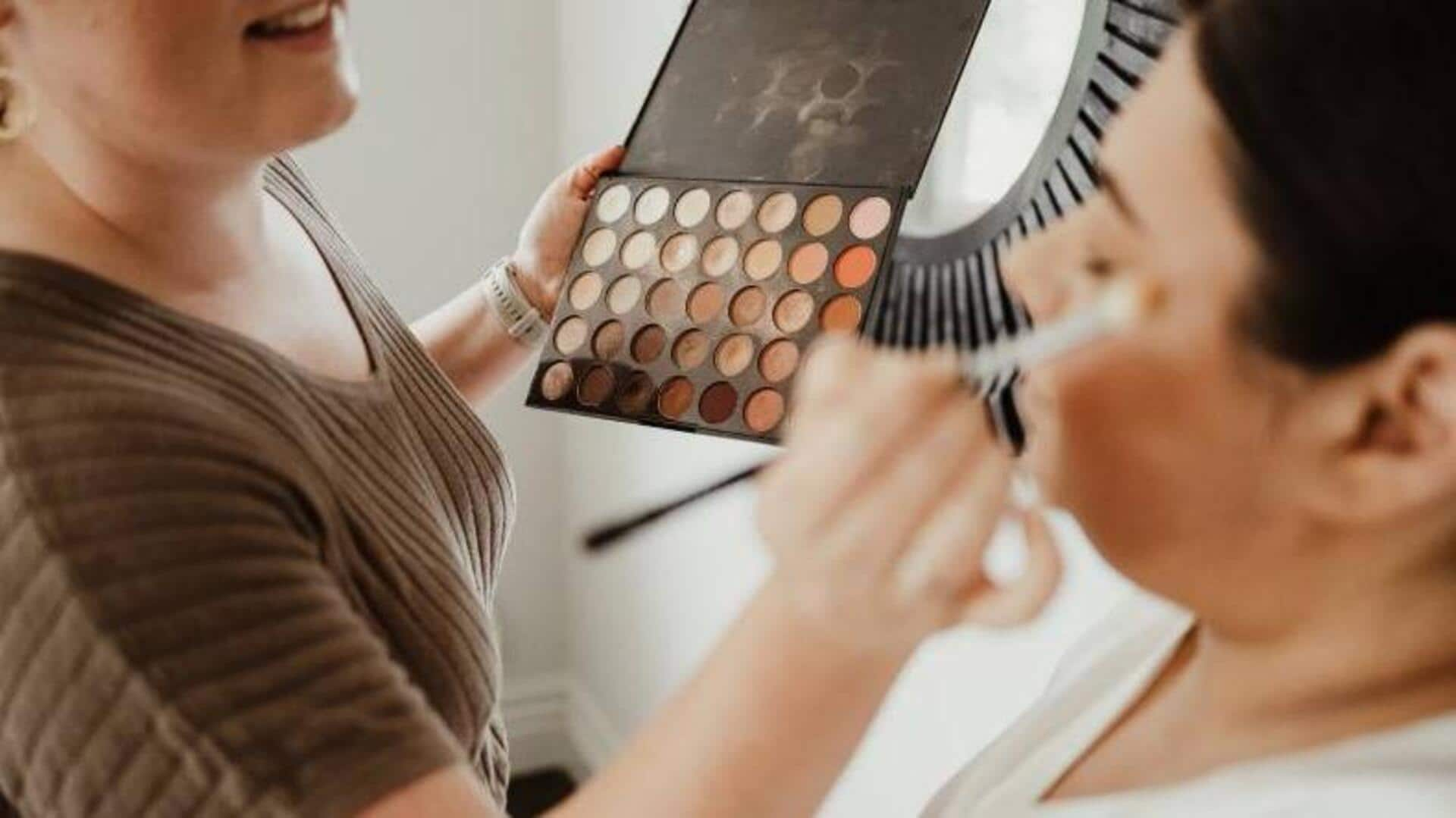
Art of contouring: Your guide to four distinct face shapes
What's the story
Contouring has become a staple in makeup routines and for good reason. This technique allows you to highlight your best features and define your face shape. While it might seem overwhelming at first, learning how to contour according to your unique face shape can make a world of difference. Let us break down the steps to contouring for common face shapes.
Round
Round face
Lightly suck in your cheeks and apply contour makeup on cheekbones and from the temples to the nose tip for definition. Create dimension on the forehead by contouring along the corners towards the temples. Enhance the jawline with a subtle shadow, starting at the chin and fading before the ears. Finish by filling in your eyebrows with an angled, arched shape for added structure.
Oblong
Oblong face
For those with oblong faces, the goal is to shorten the face and create a more balanced makeup. Concentrate your contour product across your chin and forehead to achieve this effect. Experiment with the placement of cheek contour to add a softly sculpted and rounded appearance. This technique will help balance out the elongated shape of your face, creating a more harmonious facial structure.
Diamond
Diamond face
For a diamond-shaped face, contour along the face's perimeter to soften its angles. Deep skin tones can skip contour and use a highlighter two or three shades lighter than their skin tone. Apply the highlighter under the eyes, on brow bones, above and below cheekbones, and on the nose bridge. Mix with foundation if light for a balanced, rounded look that enhances natural beauty.
Heart
Rectangle face
If you have a narrow, pointed chin and cheeks narrower than your hairline, for contouring, focus on the sides of your forehead and temples to balance your face. Also, contour the lower chin to accentuate the point. To highlight, apply makeup under your eyes in an upside-down triangle shape and in the middle of your forehead and chin to create a more balanced look.